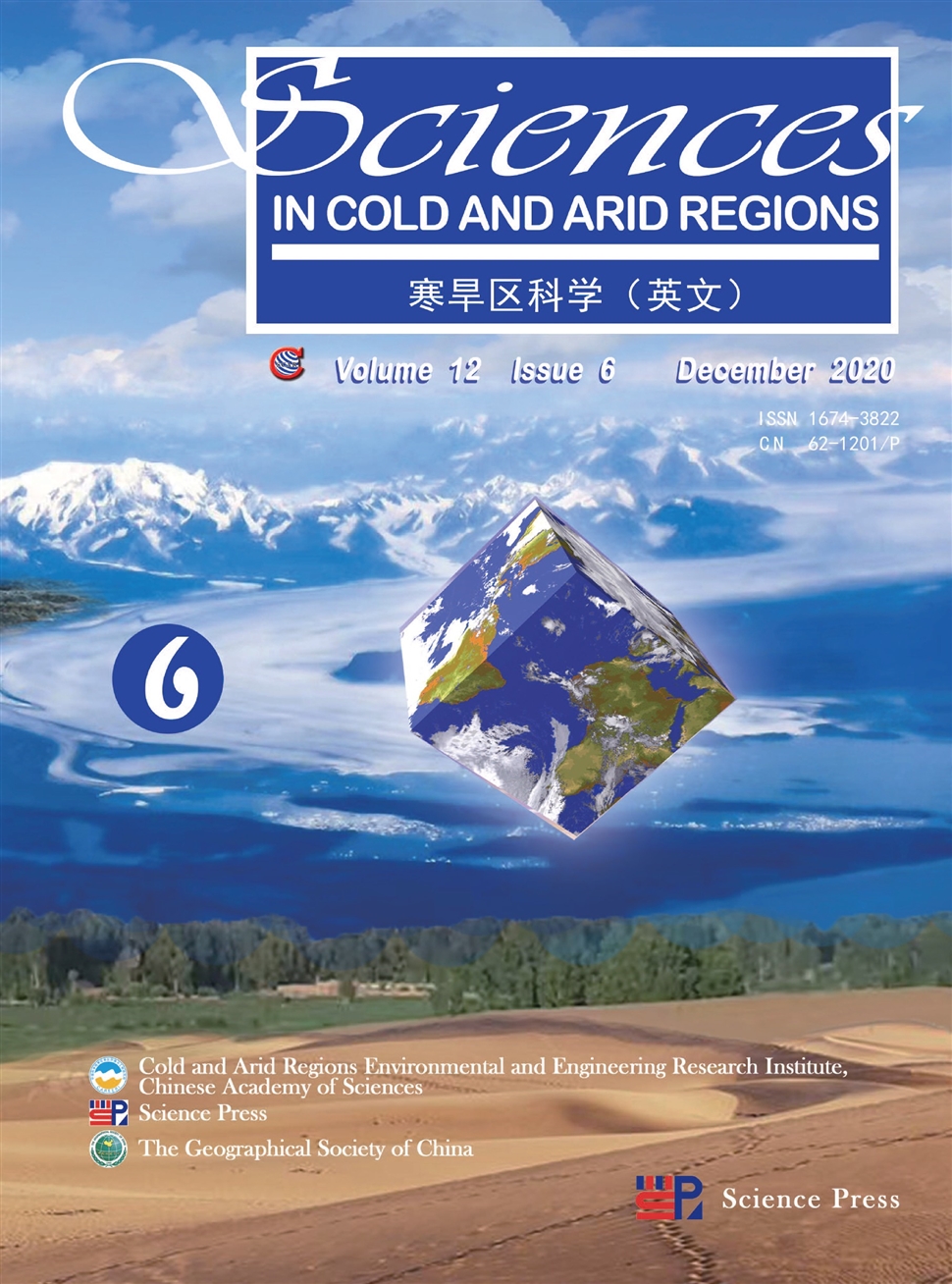Accumulation and geochemical evidence for the Little Ice Age episode in eastern Antarctica
作者:ChuanJin Li,JiaWen Ren,CunDe Xiao,MingHu Ding,AiHong Xie,ZhiHeng Du,XiangYu Ma,DaHe Qin
摘要:Data on accumulation and concentration of chemical compounds recorded in an essentially unexplored area(Dome Argus)of the Indian Ocean sector of eastern Antarctica during the past 2,680 years(680 B.C.to 1999 A.D.)are presented.During the first 1,700 years(680 B.C.to 1000 A.D.),the accumulation data shows a slightly decreasing trend,while chemical ions appear to be stable,representing a stable climatic condition.An intensive increasing trend of the accumulation occurred during the 12th to 14th century.The period from 15th to 19th century was characterized by a rapid reducing accumulation and concentrations of volatile compounds suffering post-depositional loss linked to sparse precipitation amount,which was temporally consistent with the Little Ice Age(LIA)episode.Comparison between observed accumulation rates with other eastern Antarctic ice cores show a consistent decreasing trend during LIA,while sea salt and dust-originated ions increased due to sea ice extent and intensified atmospheric transportation.Distribution of volcanic originated sulfate over the Antarctic continent show a significant change during the 15th century,coincident with the onset of the LIA.These results are important for the assessment of Antarctic continent mass balance and associated interpretation of the Dome A deep ice core records.
发文机构:State Key Laboratory of the Cryospheric Science State Key Laboratory of Earth Surface Processes and Resource Ecology Institute of Climate System(Polar Meteorology)
关键词:ACCUMULATIONratesseaSALTchemicalcompoundsLITTLEIceAgeEASTERNANTARCTICA
分类号: P[天文地球]
- Soil hydraulic conductivity and its influence on soil moisture simulations in the source region of the Yellow River―take Maqu as an example
- The 2018 Academic annual meeting of China Society of Cryospheric Science was held successfully in Foshan on November 17–18,2018
- A paleo-hydrological simulation experiment and its verification in an inland basin
- Variation in water source of sand-binding vegetation across a chronosequence of artificial desert revegetation in Northwest China
- 60-year changes and mechanisms of Urumqi Glacier No.1 in the eastern Tianshan of China,Central Asia
- Seed germination and seedling growth of Pycnanthus angolensis(Welw.)Warb.,African false nutmeg
- Origin and advances in implementing blowing-snow effects in the Community Land Model
- Estimating interaction between surface water and groundwater in a permafrost region of the northern Tibetan Plateau using heat tracing method
- Cryosphere evapotranspiration in the Tibetan Plateau:A review
- Fast genetic mapping in barley:case studies of cuticle mutants using RNA-sequencing


